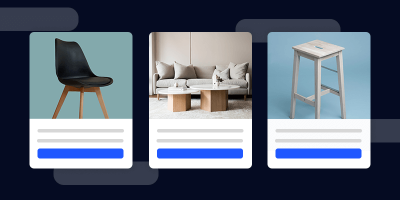
Shopify is taking advantage of iOS 12’s new augmented reality features for its users’ shops. AR allows you to view a 3D object in your environment using a phone and its camera. What iOS 12 does is allow you to view AR models within your browser, making it more accessible to customers since it eliminates the need for special apps and gear.
600,000 shops have this feature available to them, at the moment. Unfortunately, there are still a number of technical steps to take before having your products available in AR.
As a Shopify merchant, you will need to download an app called 3D Warehouse which is where the 3D models of your products will stay after they have been created. Creating your 3D models will be the biggest challenge.
To create a 3D model of a product, you will need to log in to your Shopify account and navigate to “Services Marketplace.” From here you will be able to click on “Create 3D models of your products for augmented reality” to begin this process. Rates for creating 3D models start at $100 and increase based on various factors.
The merchant then needs to take photos of the product from all angles: front, back, left, right, etc. They will also need to take accurate and very detailed measurements of their product. The merchant can also include any technical drawings or CAD files for the product.
All of these files and data need to be collected and sent to Shopify as a job request. At this point, your job request hangs around until a qualified Shopify Expert reviews and accepts your job request and decides to work with you.
Is AR worth it?
AR is relatively new and still in development. Most people do not use it daily, it isn’t completely necessary, it doesn’t always work well, and people are still not accustomed to relying on it. Adding on top the amount of money, time, and number of hoops a merchant needs to jump through to make it work out is also a great challenge to overcome.
At the moment, AR support in Shopify is a novelty for most, but can also be the thing that makes the sale. It can definitely be very useful for more niche merchants, like the bicycle shop example, and it has a lot of room to grow.
This is a great step towards making AR a more accessible resource for online merchants, giving customers a chance to “see” the product they want to purchase “in person” without actually going to a store. Given that AR has just started to spread into the mainstream, this technology may still need some time to evolve into something every customer will rely on.

Brian Roizen is the Cofounder and Chief Architect of Feedonomics, a full-service feed optimization platform that optimizes product data for hundreds of channels. He has been featured on numerous podcasts and eCommerce webinars, and regularly contributes to Search Engine Land and other industry-leading blogs. Brian graduated summa cum laude from UCLA with both a Bachelor’s and Master’s degree in Mechanical Engineering.




